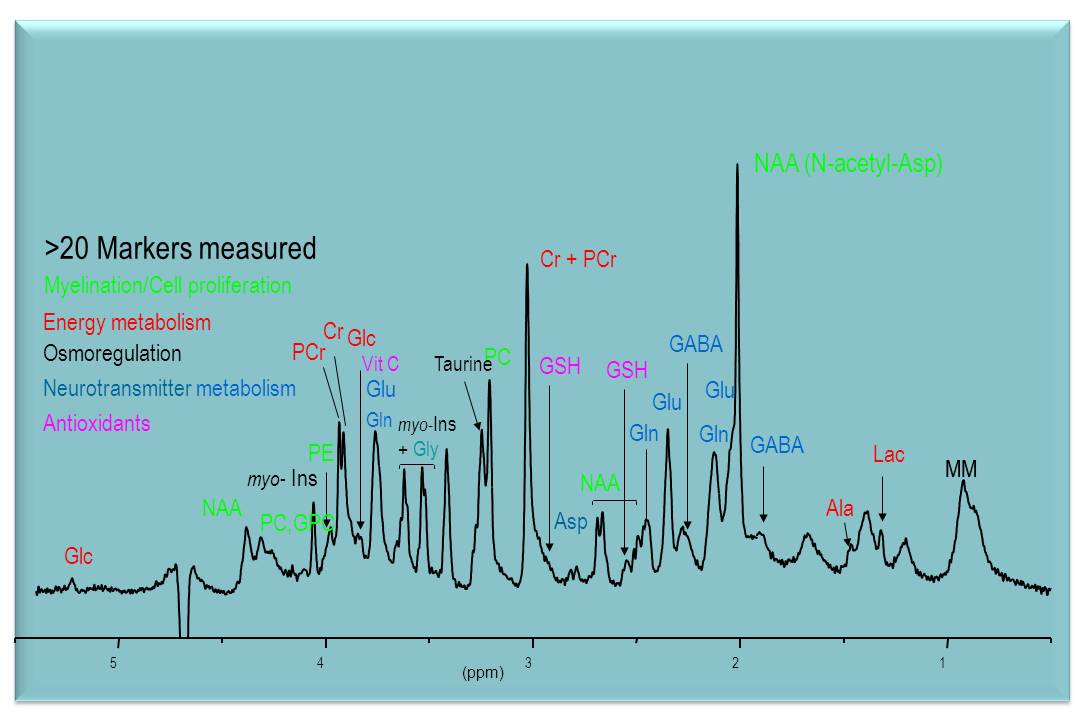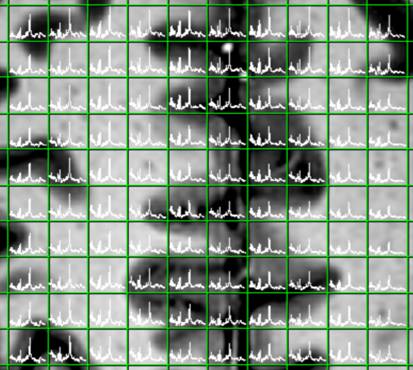
Listed below are four examples of the many interests the lab has at the intersection of developing biomedical imaging with a particular focus on metabolic imaging with biomedical applications.
Multinuclear spin physics
Many molecules contain nuclei with non-zero spin, leading to hyperfine interactions that can be exploited to extract a particular signal of interest, otherwise obscured by resonances of other compounds in the NMR spectrum. In this research we are particularly interested in exploiting spin coupling between heteronuclei, such as 13C, and nearby protons. We are also interested in developing approaches to exploit homonuclear coupling, in particular protons, abundant in virtually all molecules detectable by NMR in vivo.
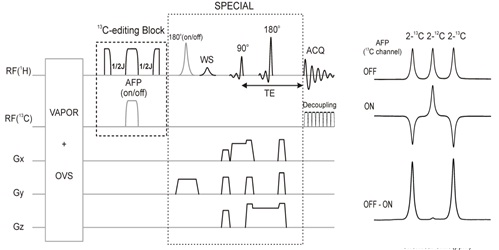
Modeling of metabolic processes
When administering a precursor, such as glucose or acetate, labeled with a tracer, the distribution of the tracer in the metabolic products can be observed non-invasively. Such incorporation of tracer contains unique information on metabolic fluxes, which can be quantified using mathematical models of the pathways involved. This research mainly focuses on metabolic events involving the TCA cycle, and in the brain, the compartmentation between neurons and glia, with the long-term goal of quantifying glutamate neurotransmission, among others, in disease models.
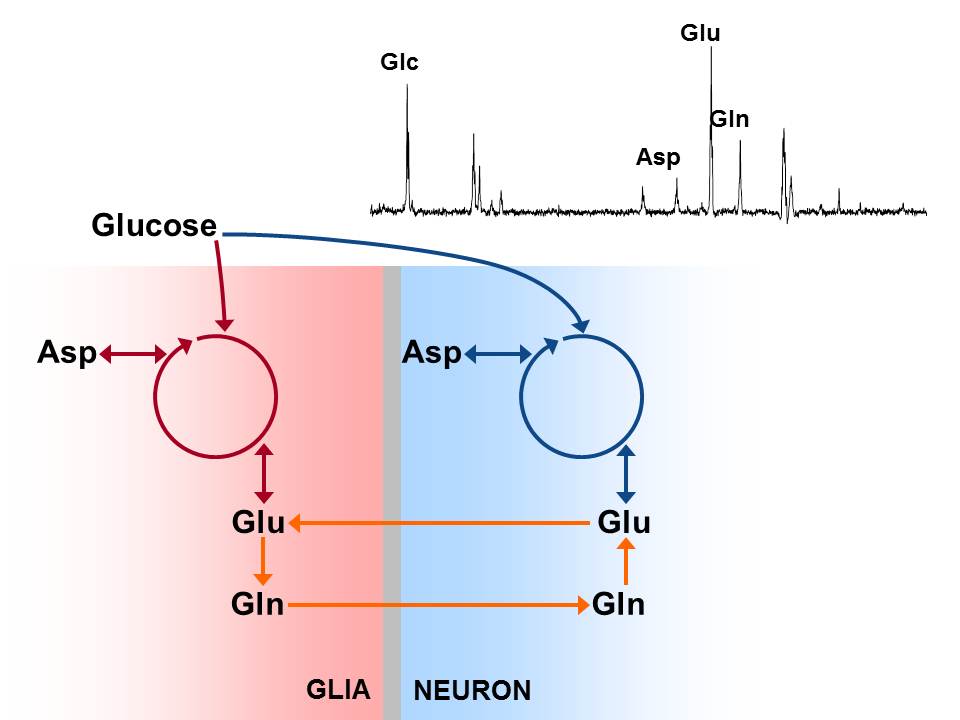
Hypoglycemia
Hypoglycemia is the major complication of the treatment of diabetes mellitus with insulin. We are particularly interested in investigating possible mechanisms by which the brain, essential in organizing the defenses against a sudden drop in blood glucose, is able to sense changes in blood glucose. In this research we focus on brain glucose transport and brain glycogen metabolism.
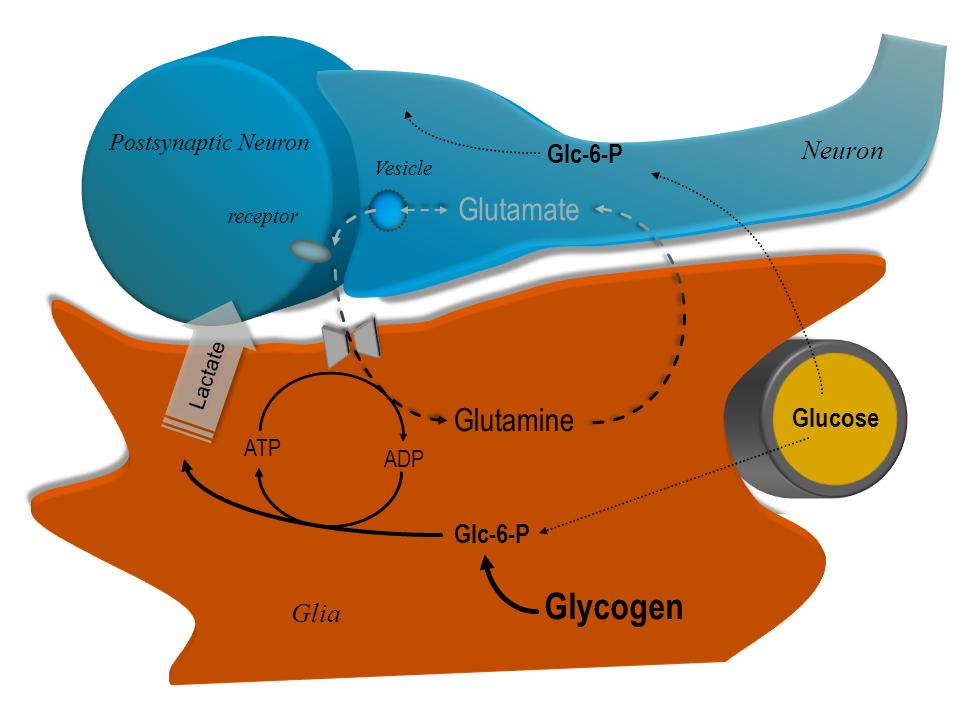
In vivo neurochemistry
Brain damage ultimately leads to destruction of cerebral tissue and thus to clinical symptoms. Many processes leading to tissue damage are likely the result of alterations of the underlying biochemical pathways involved. A main focus of this research is to investigate the specificity of metabolic concentrations measured by in vivo NMR, the neurochemical profile, to characterize alterations in disease (biomarkers), health and development/aging.
